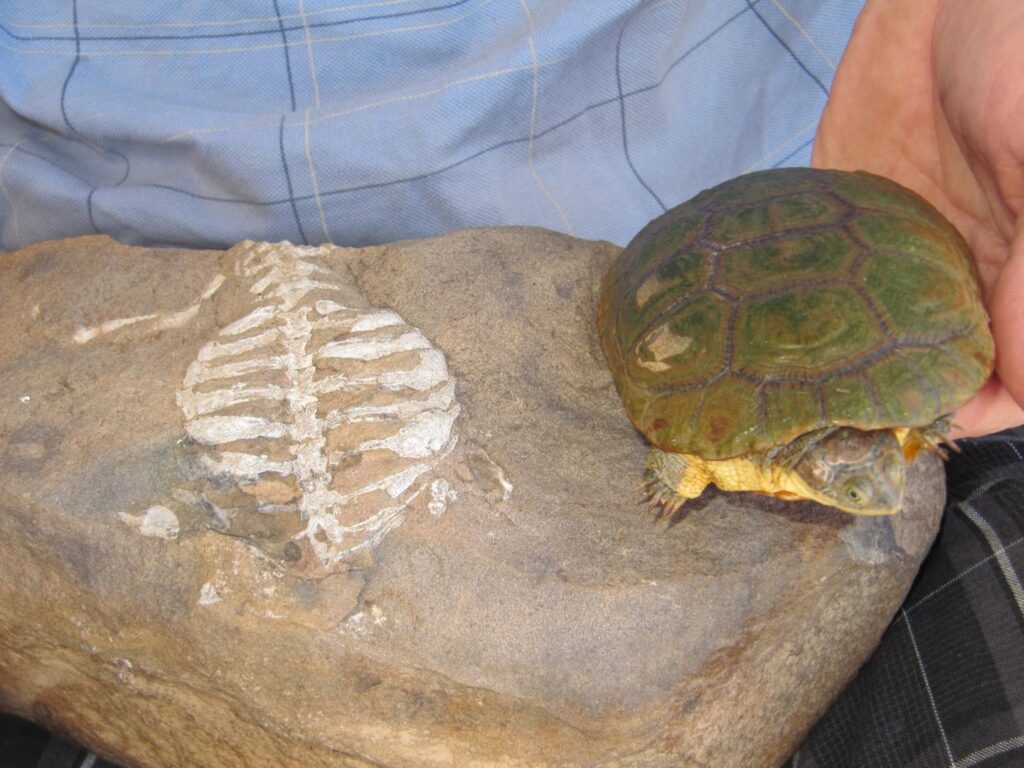Pompeii’s ancient inhabitants were immobilised by ash when Mount Vesuvius erupted approximately two thousand years ago.
It turns out that the city’s flora and wildlife were also there, including a tortoise that was expecting and had an egg.
Where it had lain unnoticed since 79 AD, archaeologists discovered the reptile’s remnants buried beneath ash and rock.
When the volcanic calamity occurred, the tortoise was hiding beneath a wrecked structure.
The remains were discovered by archaeologists as they were excavating a section of the city that Pompeii’s ancient residents had begun reconstructing after a previous earthquake ravaged the city in 62AD.
The 14cm (5.5in) tortoise had made a tiny underground den beneath a store that had been damaged in the prior earthquake over 2,000 years ago.
According to experts, the fact that it was discovered holding an egg shows that it was killed while looking for a quiet place to lay its eggs.
According to Oxford University archaeologist Mark Robinson, who found the remains of another tortoise at a nearby Pompeii site in 2002, there are two possibilities for how the tortoise got there.
One possibility, he suggested, is that it is a pet turtle that may have gotten loose and wandered onto the scene of the devastating earthquake.
He claimed that it was most likely a tortoise from the adjacent countryside that had strayed into the historic city.
According to experts, the finding demonstrates the diversity of Pompeii’s natural ecology in the years following the earthquake.
The director-general of Pompeii, Gabriel Zuchtriegel, stated that the entire city was under construction and that it was evidently some sections were left unoccupied enough for wild animals to roam, enter, and attempt to deposit their eggs.
A Finnish PhD student who happened to be passing near Pompeii at the time of the discovery called what he saw “amazing” to the BBC.
The skeleton and the egg were visible because the animal’s shell had recently been removed, according to Joonas Vanhala. It had a sandy, light-brown colour.
If they hadn’t told me, “I wouldn’t have known it was an egg,” he continued.











More Stories
Scientists ‘Resurrect’ Extinct Dire Wolves Using Gene Editing
‘China’s Hawaii’ Hit by the Strongest Typhoon in a Decade
A dinosaur skeleton sets a new auction record, selling for $44.6 million